1. The Indus Valley Civilization
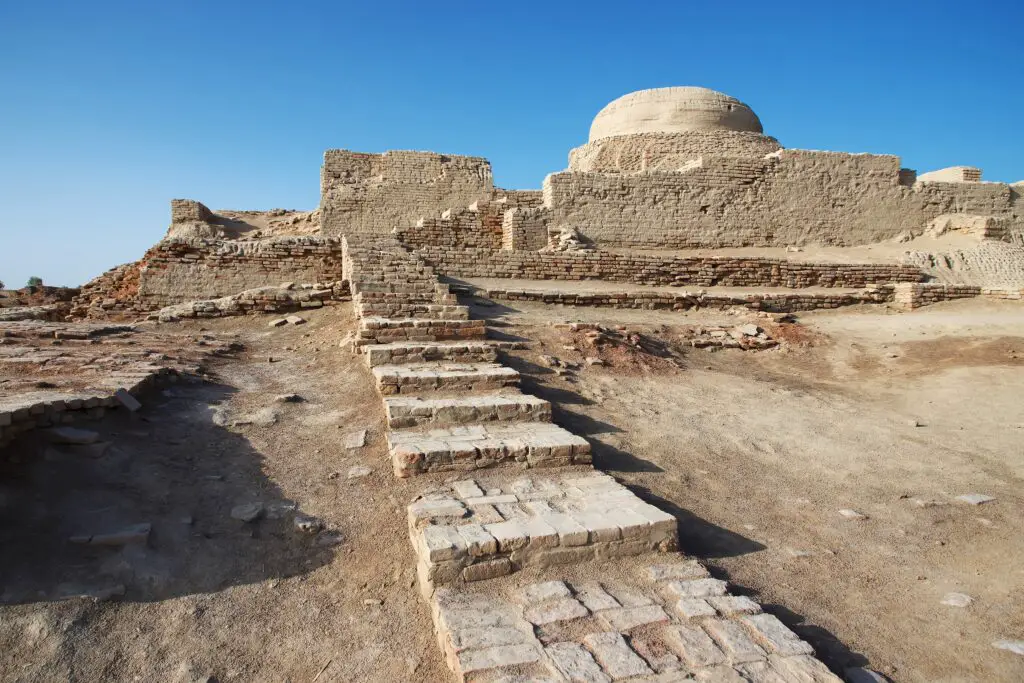
The Indus Valley Civilization, also known as the Harappan Civilization, flourished around 3300–1300 BCE in what is now Pakistan and northwest India. It was one of the world’s earliest urban cultures, boasting advanced urban planning, sophisticated drainage systems, and standardized fired-brick buildings. Cities like Harappa and Mohenjo-daro were meticulously laid out with grid patterns, indicating a high level of organization and planning.
Despite its achievements, the civilization declined around 1300 BCE, and its cities were abandoned. The reasons for this decline remain a subject of debate among scholars. Theories include climate change leading to droughts, shifts in river patterns, and possible invasions. However, no definitive evidence has been found to explain the sudden disappearance of this once-thriving civilization.
2. The Minoan Civilization
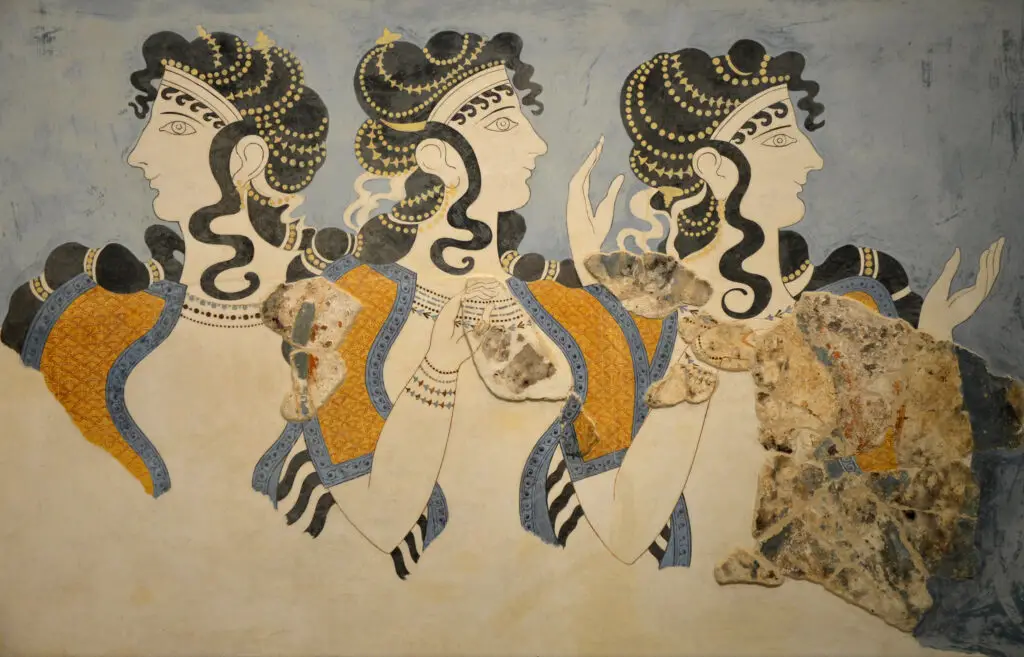
The Minoan Civilization thrived on the island of Crete from approximately 1450 to 1100 BCE. It is known for its impressive palaces, such as the one at Knossos, and its advanced art and writing systems. The Minoans were also known for their maritime prowess, establishing trade networks throughout the Mediterranean.
Around 1450 BCE, the Minoan civilization experienced a decline, possibly due to a combination of natural disasters, such as the eruption of the Thera volcano, and invasions by Mycenaean Greeks. The civilization never fully recovered, and by 1100 BCE, it had largely disappeared from historical records.
3. The Hittite Empire
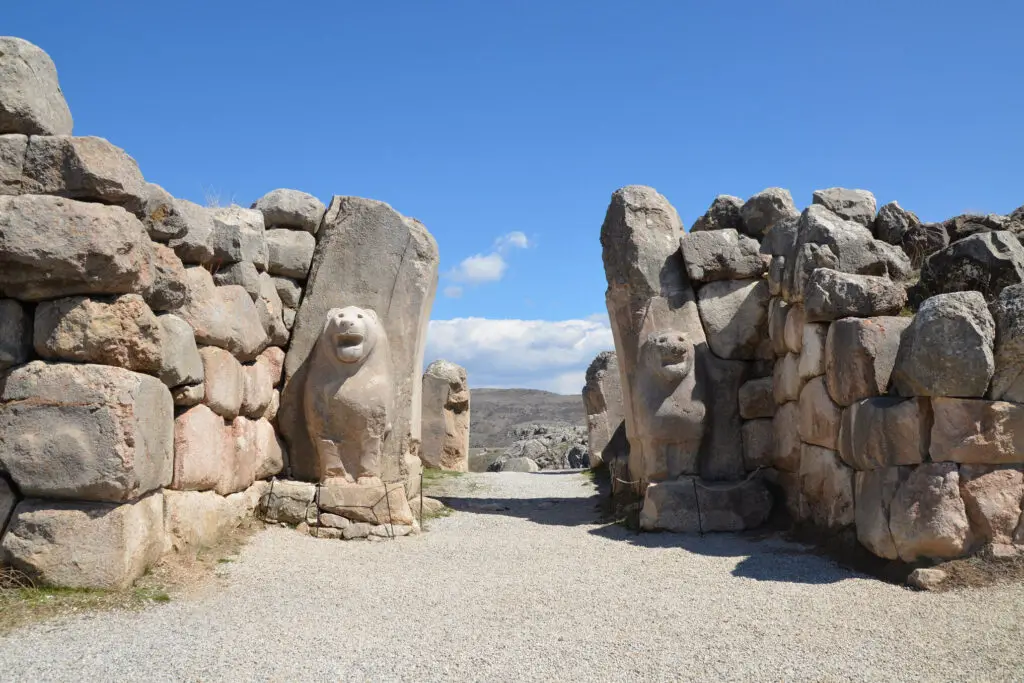
The Hittite Empire was a powerful state in Anatolia (modern-day Turkey) that existed from around 1600 to 1180 BCE. The Hittites were known for their military innovations, including the use of chariots, and their legal system, which influenced later civilizations. They also engaged in diplomacy, notably with Egypt, and signed one of the earliest known peace treaties.
The fall of the Hittite Empire around 1180 BCE is shrouded in mystery. Theories suggest invasions by the Sea Peoples, internal rebellions, and economic decline. However, the exact causes remain uncertain, and much of the empire’s history was lost until archaeological discoveries in the 20th century.
4. The Olmec Civilization
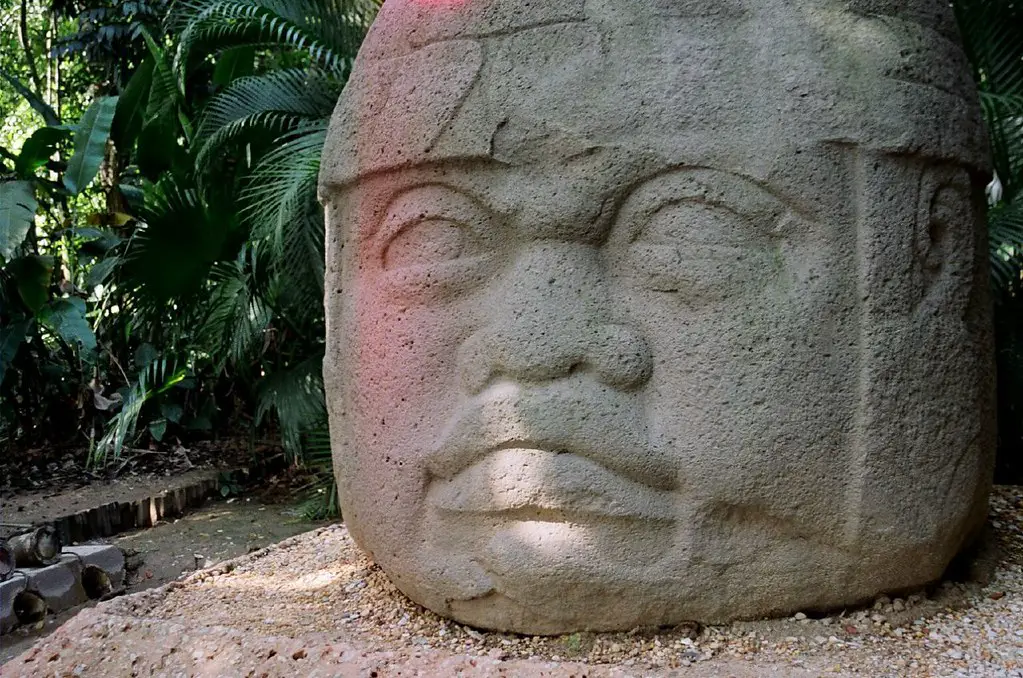
The Olmec Civilization, often considered the “mother culture” of Mesoamerica, flourished in what is now southern Mexico from around 1200 to 400 BCE. The Olmecs are best known for their colossal stone heads and their influence on subsequent Mesoamerican cultures. They developed a complex society with religious practices, a calendar system, and possibly the first written language in the Americas.
Despite their influence, the Olmec civilization declined around 400 BCE. The reasons for their disappearance are not fully understood, but theories include environmental changes, resource depletion, and social upheaval. The lack of written records makes it difficult to ascertain the exact causes of their decline.
5. The Nabataean Kingdom
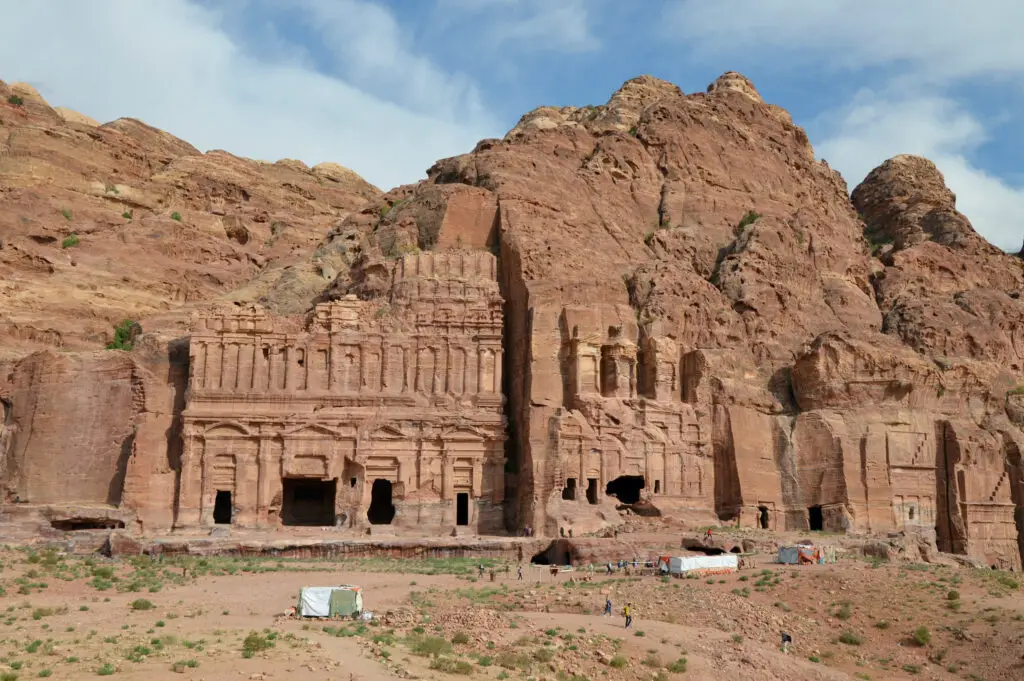
The Nabataean Kingdom was an Arab kingdom that flourished from the 4th century BCE to the 2nd century CE in the region of modern-day Jordan, Syria, and Saudi Arabia. The Nabataeans were known for their advanced water management systems, which allowed them to thrive in the arid desert. Their capital, Petra, is renowned for its rock-cut architecture and water conduit system.
The kingdom gradually declined and was eventually annexed by the Roman Empire in 106 CE. Factors contributing to their disappearance include changing trade routes, Roman expansion, and internal strife. Despite their fall, their architectural and engineering achievements continue to be studied and admired.
6. The Kingdom of Aksum
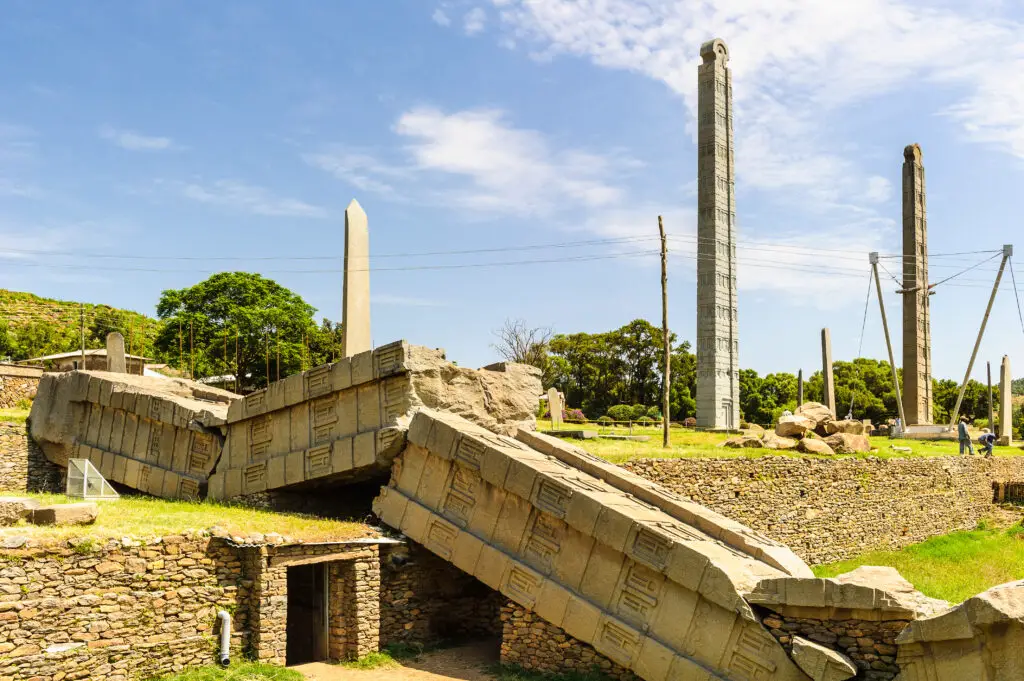
The Kingdom of Aksum was an ancient empire located in what is now Ethiopia and Eritrea, flourishing from approximately the 4th to the 7th centuries CE. Aksum was a major trading empire, known for its monumental obelisks, coinage, and as an early adopter of Christianity. It played a significant role in trade between the Roman Empire and India.
The decline of Aksum is attributed to a combination of factors, including the rise of Islam, which disrupted trade routes, and environmental changes. By the 10th century, the kingdom had largely faded from historical records, and its cities were abandoned.
7. The Khmer Empire

The Khmer Empire, centered in present-day Cambodia, was a powerful empire that existed from the 9th to the 15th centuries CE. The empire is renowned for its architectural achievements, particularly the temple complex of Angkor Wat. The Khmer also developed an intricate system of canals and reservoirs to support their agriculture.
The decline of the Khmer Empire is believed to have been caused by a combination of factors, including environmental changes, such as droughts and floods, and internal conflicts. By the 15th century, the empire had collapsed, and Angkor was abandoned.
8. The Mississippian Culture
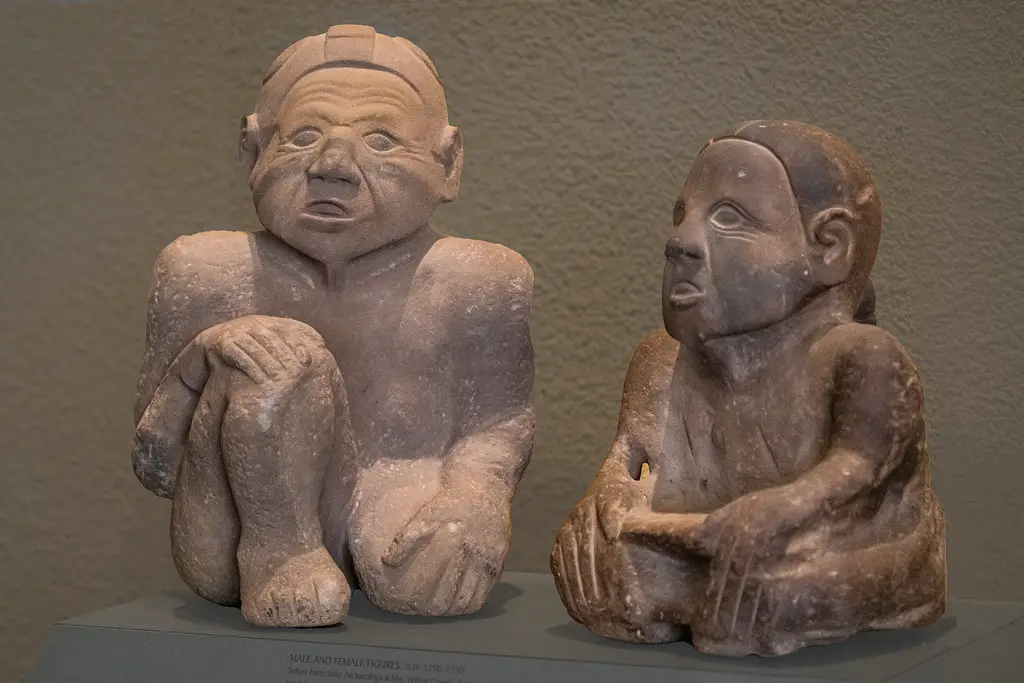
The Mississippian Culture was a mound-building Native American civilization that flourished in the central and southeastern United States from around 800 to 1600 CE. The culture is best known for its large earthen mounds, such as those at Cahokia, which served as platforms for temples and residences of elites.
The decline of the Mississippian Culture is not fully understood. Factors such as climate change, resource depletion, and social upheaval may have contributed to the abandonment of their cities. The lack of written records leaves much of their history a mystery.
9. The Gao Empire
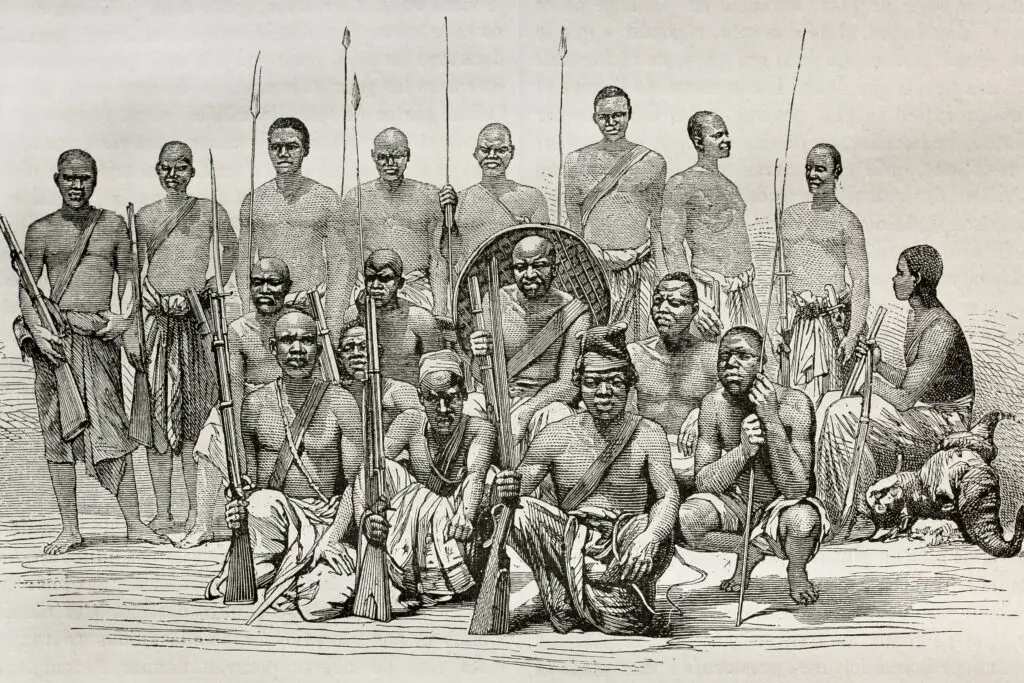
The Gao Empire was a medieval West African empire that existed from the 8th to the 14th centuries CE, centered around the city of Gao in present-day Mali. The empire was known for its trade in gold, salt, and slaves, and it played a significant role in the trans-Saharan trade networks.
The decline of the Gao Empire is attributed to its conquest by the Mali Empire in the late 14th century. The lack of written records from the period makes it difficult to ascertain the full reasons for its fall, but external conquest and internal factors likely played a role.
10. The Sanxingdui Civilization
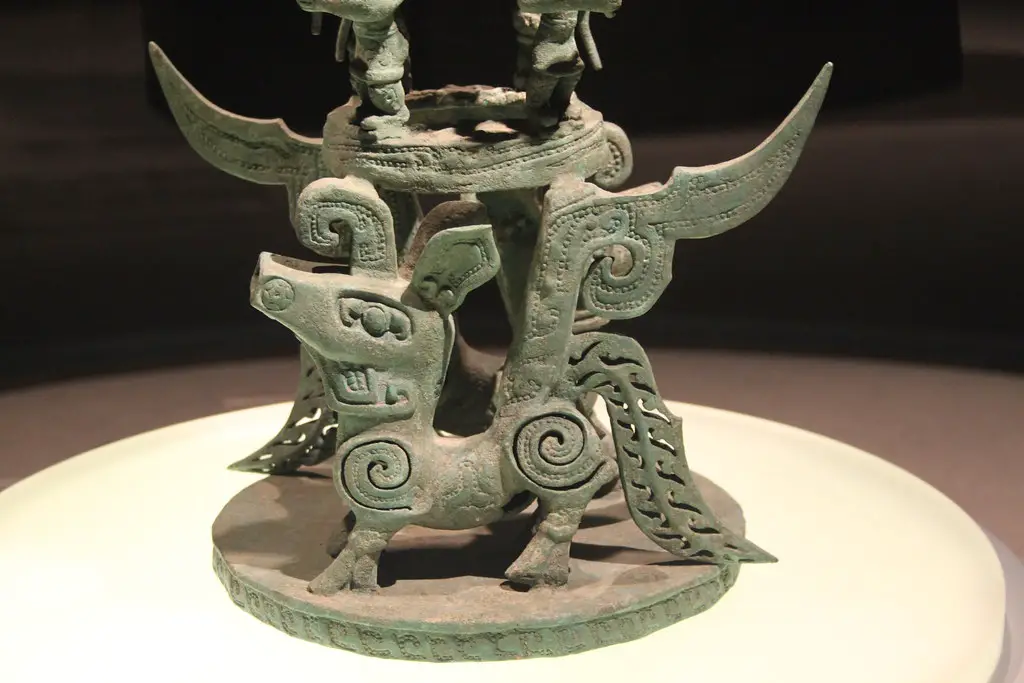
The Sanxingdui Civilization was an ancient culture that existed in what is now Sichuan Province, China, around 1200 to 600 BCE. The civilization is known for its unique bronze artifacts, including masks and statues, which suggest a highly developed society with distinct artistic traditions.
The reasons for the disappearance of the Sanxingdui Civilization are not well understood. Theories include natural disasters, such as floods, and social upheaval. Despite the lack of written records, archaeological discoveries continue to shed light on this enigmatic culture.
11. The Helike Civilization
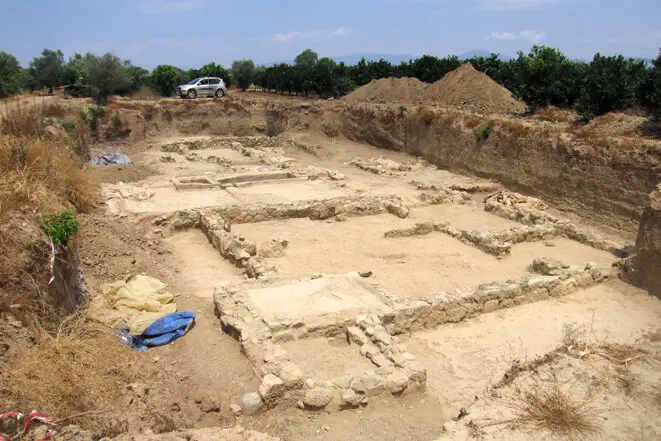
Helike was an ancient Greek city located near the Corinthian Gulf, which sank into the sea during a catastrophic event in 373 BCE. The city was known for its wealth and its sanctuary of Poseidon, attracting pilgrims from across the Greek world.
The city’s sudden disappearance was caused by an earthquake and subsequent tsunami, which submerged Helike overnight. The event was recorded by ancient historians, but the exact location of the city remained lost until its rediscovery in the 21st century through underwater archaeology.
12. The Thonis-Heracleion City
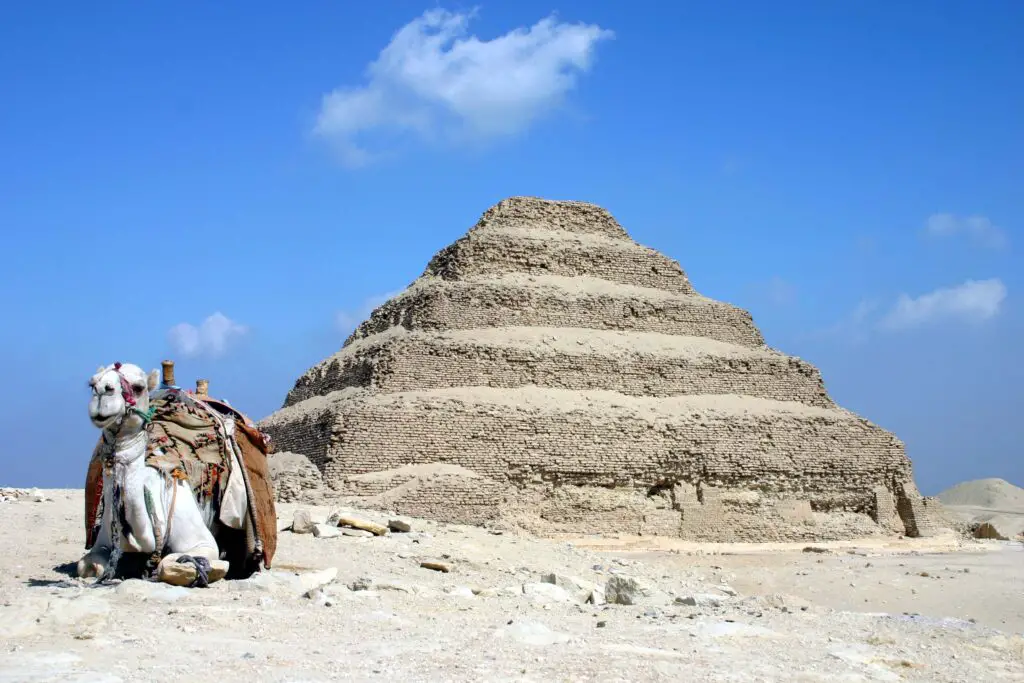
Thonis-Heracleion was an ancient Egyptian city located in the Nile Delta, known for its grand temples and as a major port for trade with the Mediterranean. The city was mentioned by ancient Greek historians and was believed to be a myth until its discovery in the early 21st century.
The city gradually sank into the sea due to a combination of earthquakes, tsunamis, and rising sea levels. It remained submerged for over a millennium before being rediscovered by underwater archaeologists in the 2000s.
13. The Tartessos Civilization
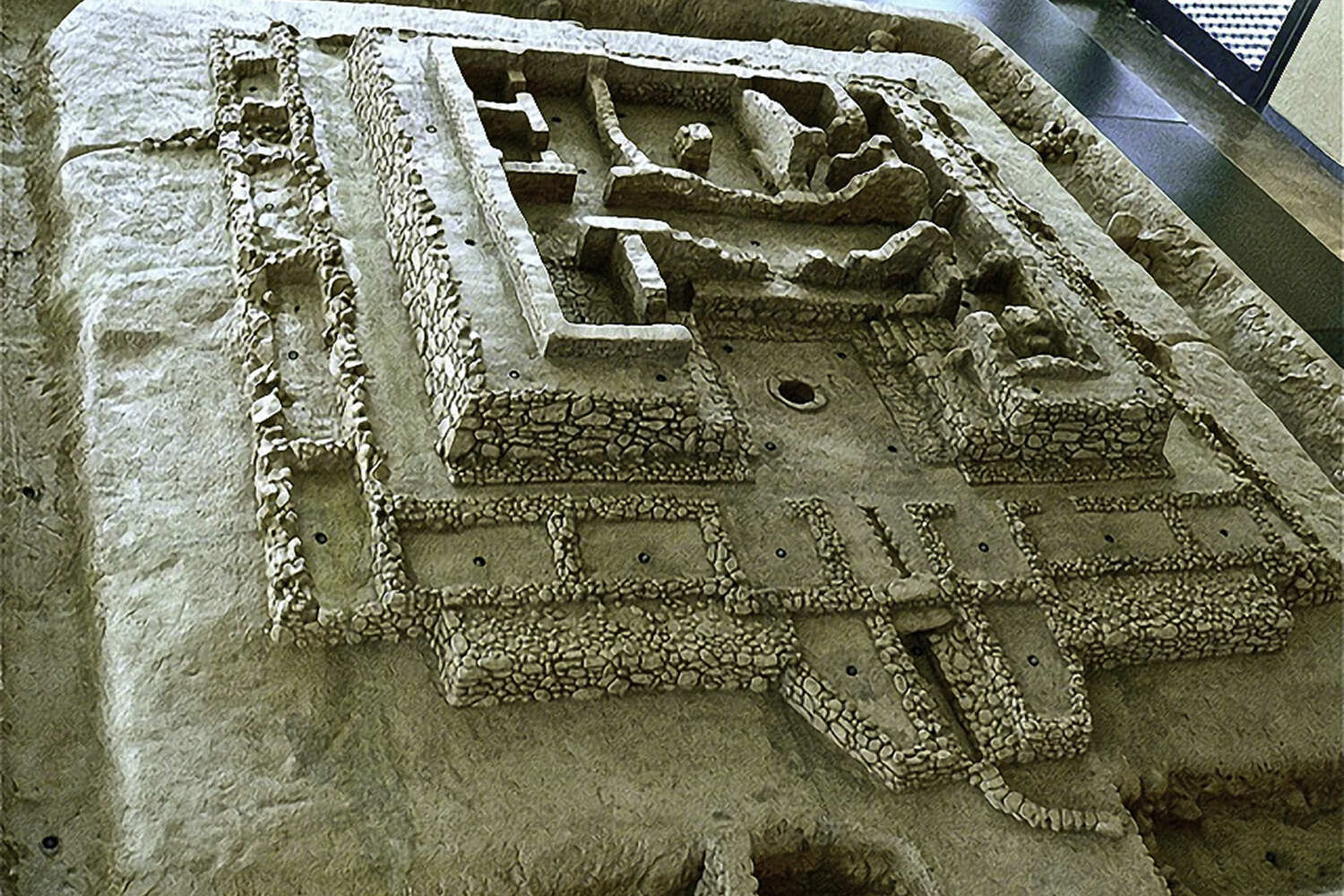
Tartessos was an ancient civilization that existed in the southern Iberian Peninsula around the 9th to 6th centuries BCE. The civilization is known from Greek and Phoenician sources and is believed to have been a wealthy trading society.
The exact location of Tartessos remains uncertain, and much of its history is shrouded in mystery. Theories suggest that the civilization may have been destroyed by a natural disaster, such as a flood, or by invasions. Archaeological evidence is limited, and the civilization’s true nature remains elusive.
14. The Kumari Kandam Civilization

Kumari Kandam is a legendary lost continent mentioned in Tamil literature, believed to have existed in the Indian Ocean. According to tradition, it was a vast landmass that sank into the sea, taking with it an advanced civilization.
The existence of Kumari Kandam is not supported by geological evidence, and it is considered a mythological concept. However, the legend persists in Tamil culture, symbolizing a lost golden age of wisdom and prosperity.
